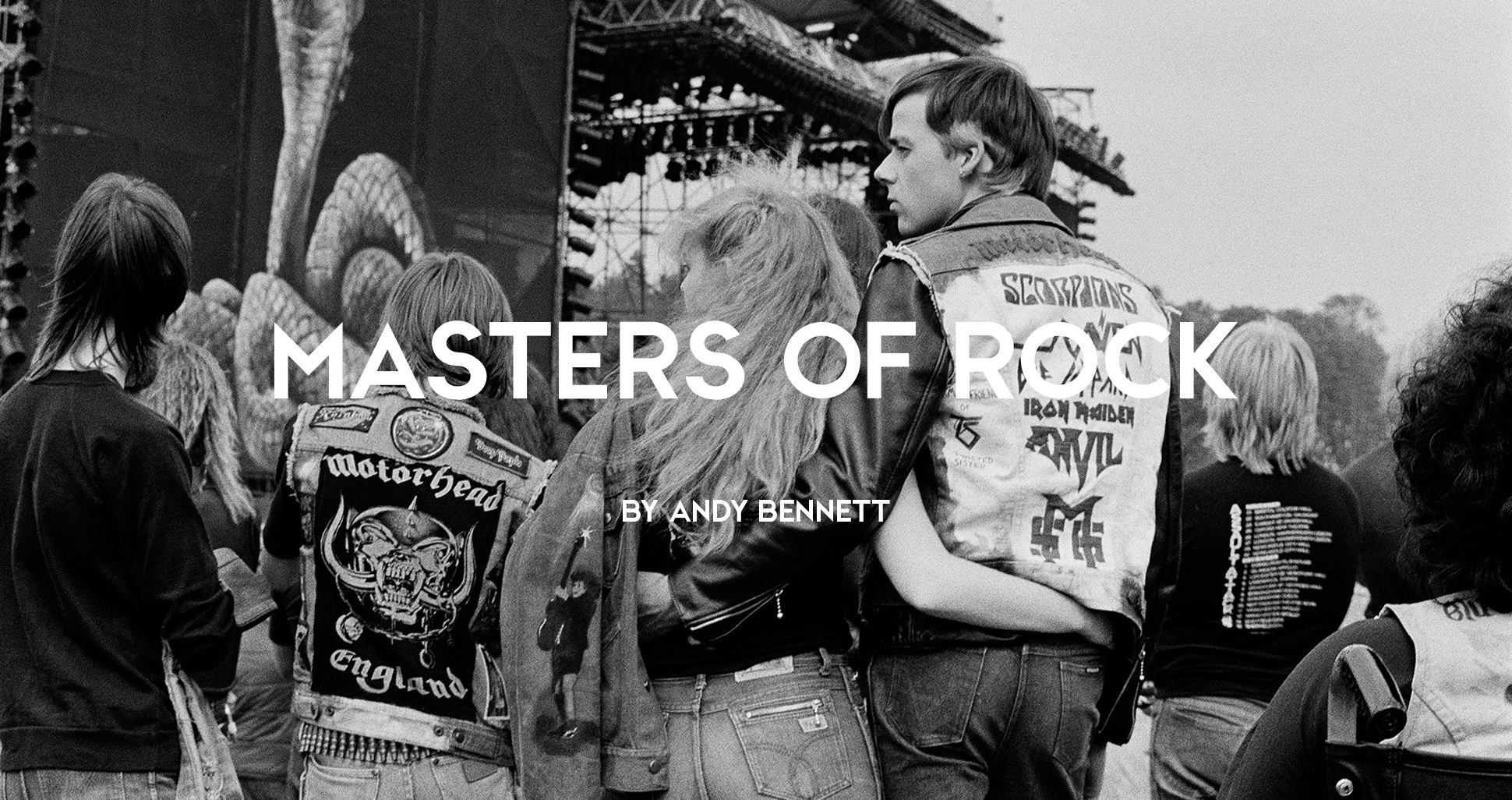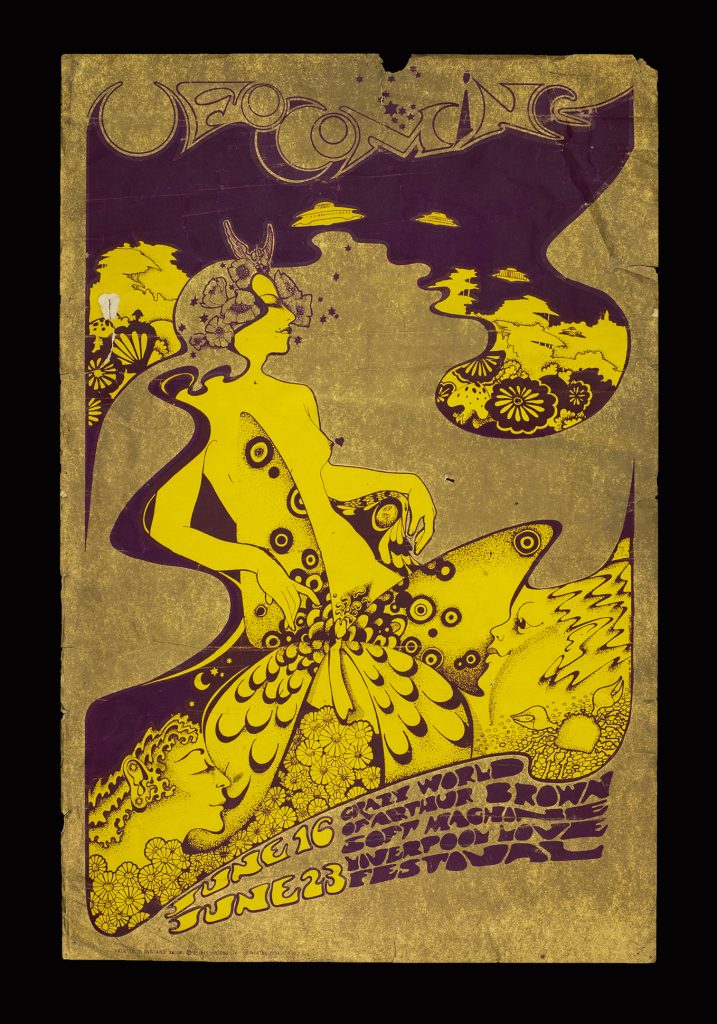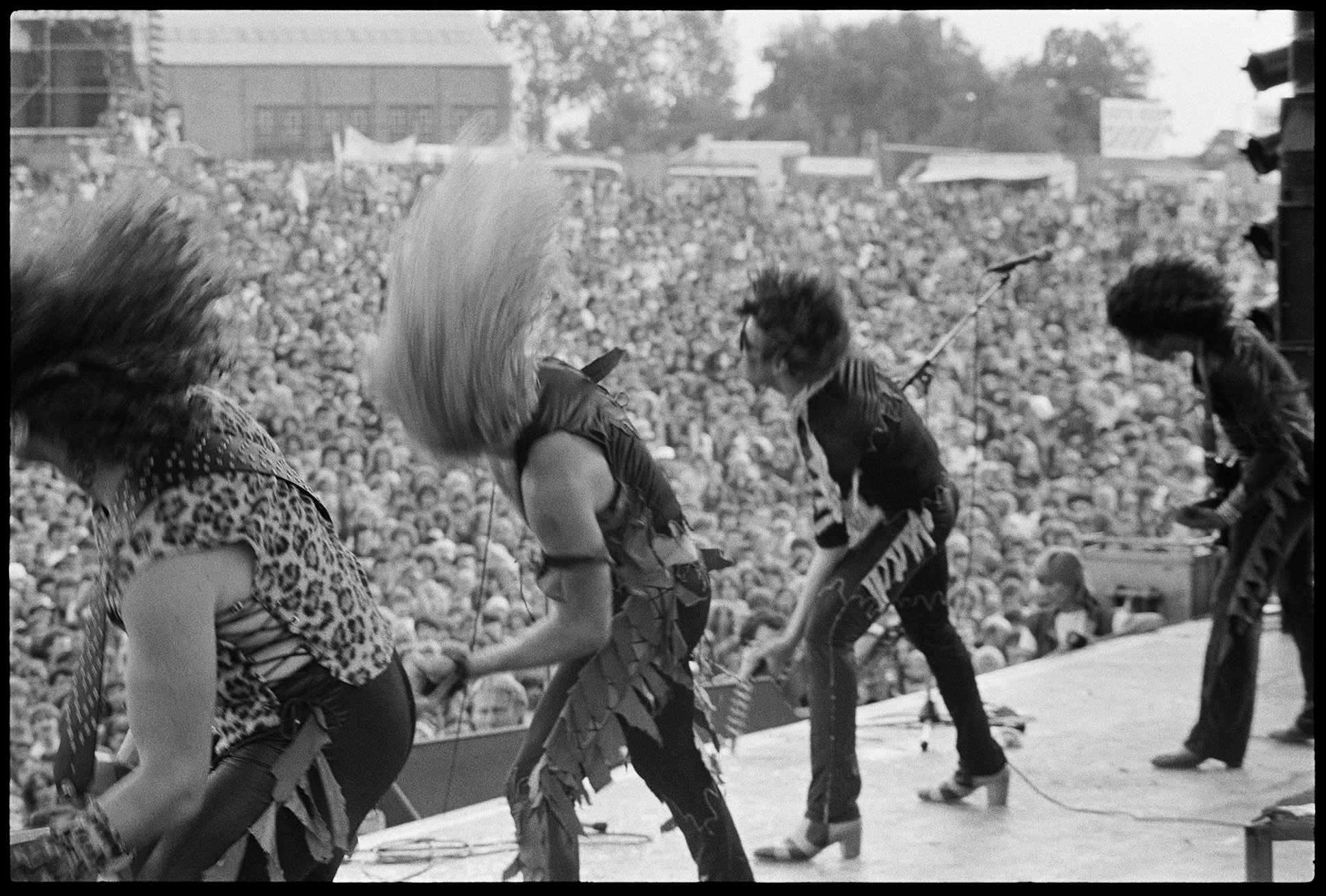
Rock has embedded itself in the national psyche, having become a staple point of rebellious youth cultures across the decades. Imagine long-haired men, backcombed curls, high-waisted denim or floral shirts - Rock has taken many forms. We are going to chart the birth and evolution of British rock music, from the late 1960s to it's 1970s peak, examining it's myriad forms and influences.
Text by Andy Bennett, Cover Photo by Laurence Watson.

At the beginning of the 1970s, rock music in Britain fragmented into a series of styles with their own quite distinctive followings. Indeed, it would be true to say that in the 1970s the term ‘rock’ itself became quite difficult to define, seemingly becoming a byword for a range of successive genres and their associated stylistic affiliations. Prominent styles of rock in the early 1970s included hard rock and progressive rock, while pub rock (a precursor to punk) was a more localised and largely London-based phenomenon.
Hard Rock
The hard rock scene in Britain began to take shape at the end of the 1960s with bands such as Black Sabbath, Free and Humble Pie. As with North America, the 1970s hard rock scene in the UK has frequently been referred to as largely blue collar and male-centric. Certainly, hard rock’s more straight-ahead, guitar-based approach made it popular among young male working class audiences in the same way that rock and roll had appealed to them in the 1960s. However, given the vibrancy of live music on the UK college circuit and the frequent appearance of hard rock bands at key British festivals such as the Reading and Knebworth, hard rock in the UK also had a significant following of middle class youth during the 1970s, this extending to female followers of the genre. Stylistically, hard rock fans modelled their appearance on earlier hippie fashions. A typical look among hard rock fans of both sexes was long hair, denim jeans, leather or denim jackets and tour T-shirts of favourite bands and artists. Hard rock also attracted a significant biker following in the UK. Although the emphasis on psychedelic drugs had waned by the early 1970s, hard rock audiences continued to consume soft drugs such as marijuana as well as beer and other alcoholic drinks. At a local level, hard rock scenes were characterised by particular pubs and bars that often featured ‘hard rock’ juke boxes and frequent performances by local hard rock bands. Towards the end of the 1970s, British hard rock was challenged by the arrival of punk, but the scene found a new lease of life with the emergence of the New Wave of British Heavy Metal (NWOBHM). Just as many hard rock bands became metal bands, so hard rock audiences and metal audiences frequently overlapped both in local scenes and at festivals and other large-scale music events.

Prog Rock
Progressive rock also emerged at the end of the 1960s through the work of artists such as King Crimson, Yes, and Jethro Tull. Progressive rock was more musically complex than hard rock and, at least in its formative years, a more characteristically British genre. The purview of album bands with virtuoso musicians, progressive rock found its main audience in Britain among university and art school students. Indeed, many progressive rock artists had higher education backgrounds and the early progressive rock scene in Britain coalesced around art school and university campus venues. The classical music overtones and references to works of literature and / or more abstract lyrical themes of progressive rock songs also found a greater appeal among middle class audiences of the time. Although British audiences for progressive rock were more male than female, due to its less aggressive musical and lyrical content, combined with its more artistic and frequently intellectual approach, progressive rock also attracted a sizeable female middle class audience. The visual style of progressive rock fans of both sexes during the early 1970s was also modelled closely on the hippie fashions of the late 1960s. Given the often more transcendent nature of progressive rock music, as seen for example in works such as Pink Floyd’s (1973) Dark Side of the Moon, fans frequently combined their listening to progressive rock albums with the consumption of soft drugs such as marijuana and hallucinogenic drugs including ‘acid tabs’ which were then becoming more widely available. Among its fans, a preference for progressive rock was often combined with the reading of particular works of literature, including the ‘middle earth’ novels of English author JRR Tolkien and the science fiction works of American writer Isaac Asimov.
Pub Rock
Compared to hard rock and progressive rock, UK pub rock was a more obscure and largely localised scene. Indeed, it would be difficult to describe pub rock as a national scene in any meaningful sense at all as it was largely based in London with pub rock artists playing in large North London pubs such as the Hope and Anchor in Islington. Key pub rock artists included Brinsley Schwarz, Kilburn and the Highroads and Dr Feelgood. Pub rock drew a large local following of both male and female fans. This was largely a product of the genre’s inclusive nature, a stance that was staunchly defended in the face of progressive rock and high-end glitter rock artists such as David Bowie whom pub rock artists and their audiences considered to be elitist and aloof. Pub rock focused on returning to a back-to-basics format where barriers between artist and audience were reduced due to the smallness of the venue spaces and lack of pretention. Although attracting a largely youth audience, pub rock could not be described as a youth cultural phenomenon as such as its inclusivity also extended to older fans. Similarly, the scene was not marked by a particular stylistic or fashion stance, a critical characteristic of the pub rock scene being an emphasis on anti-fashion as a means of rejecting the highly stylised look of glam rock and, to a lesser extent, progressive rock. Among pub rock audiences there was a widespread feeling that music was there to be enjoyed as medium for sociality, including drinking, casual conversation and dancing. The local pub environments in which pub rock gigs were held lent themselves to this quality of the genre and quickly became part of its enduring appeal. Although pub rock declined with the emergence of punk in the mid-1970s, it remains historically important as a genuinely localised, and in many ways underground, scene and a critical source of inspiration for UK punk.
Andy Bennett is Professor of Cultural Sociology at Griffith University. A leading international figure in sociological studies of popular music and youth culture, he has written and edited numerous books including Popular Music and Youth Culture, Music, Style and Aging and Music Scenes.
This essay was curated by The Subcultures Network, which was formed in 2011 to facilitate research on youth cultures and social change, and commissioned as part of the National Lottery Heritage Funded project to build the online Museum of Youth Culture. Being developed by YOUTH CLUB, the Museum of Youth Culture is a new destination dedicated to celebrating 100 years of youth culture history through photographs, ephemera and stories.
The National Lottery Heritage Fund invests money to help people across the UK explore, enjoy and protect the heritage they care about - from the archaeology under our feet to the historic parks and buildings we love, from precious memories and collections to rare wildlife.
Tune In
The Wizard, Black Sabbath, 1970
Smoke on the Water, Deep Purple, 1972
Iron Maiden, Iron Maiden, 1980
Joy of a Toy, The Soft Machine, 1968
Locomotive Breath, Jethro Tull, 1971
Roundabout, Yes, 1971
Turn On
Easy Rider, Dennis Hopper, 1969
The Song Remains The Same, Peter Clifton, Joe Massot, 1976
This Is Spinal Tap, Rob Reiner, 1984

